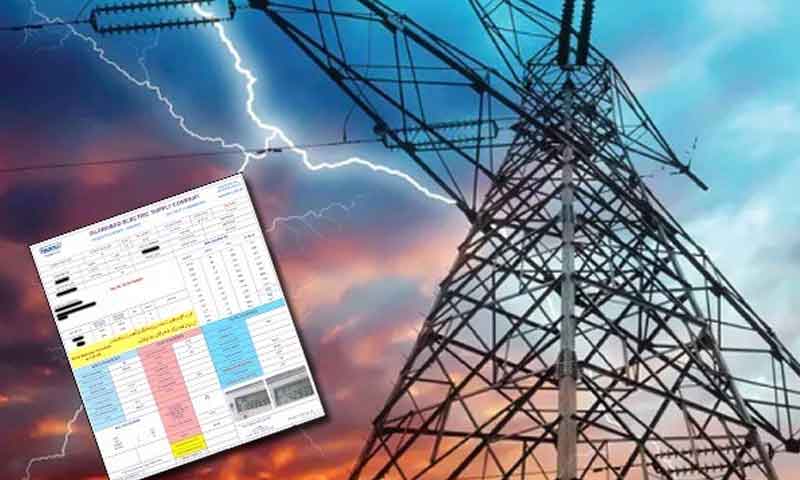The World Bank has raised concerns regarding the progress of the Pakistan Raises Revenue project, particularly noting delays in the implementation of certain key Disbursement Linked Indicators (DLIs). The project, valued at $400 million, aims to enhance Pakistan’s revenue collection by modernizing and improving the efficiency of the Federal Board of Revenue (FBR). Despite some areas of progress, the World Bank has labeled the overall implementation as “moderately satisfactory,” with specific issues in reducing withholding tax (WHT) lines and implementing the track and trace system.
According to official documents, the World Bank has highlighted that $327.93 million, equivalent to 81.98% of the total financing, has been disbursed so far. This leaves an undisbursed amount of $64.35 million. The Bank’s evaluation indicates that while there has been progress in several areas, certain critical targets remain unmet, necessitating a strategic response from the FBR.
The World Bank’s report acknowledges several successes under the project. These include the publication of detailed tax expenditure and evidence-based revenue forecast reports, which were significant milestones under the DLIs. The FBR has also made strides in data sharing with provincial tax authorities, an essential step towards improving coordination and transparency across different levels of government.
The FBR has exceeded its targets for risk-based audits, conducting 113 comprehensive field audits of large taxpayers and 784 issue-oriented audits. These audits are crucial for ensuring compliance and identifying potential areas of revenue leakage. The FBR also piloted a single returns portal for General Sales Tax (GST) in collaboration with four provincial GST authorities, specifically covering the telecom sector.
Another notable achievement is the improvement in customs efficiency. Physical inspections at the border have been reduced significantly, with goods declared through the red and yellow channels dropping from 65% in the fiscal year 2019 to 29% in the fiscal year 2024. This reduction in inspections not only speeds up trade processes but also reduces opportunities for corruption.
The transition from paper-based to automated internal business processes is another area where the FBR has made commendable progress. This automation is expected to enhance efficiency, reduce manual errors, and improve the overall governance of the tax system. The FBR has also continued tracking Key Performance Indicators (KPIs) and has published the annual results report for the fiscal year 2023. The bi-annual report for the fiscal year 2024 is currently under review, with the annual report expected to be finalized soon.
Despite these positive developments, the World Bank’s report also highlights significant challenges. The reduction in WHT lines (DLI 1) and the implementation of the track and trace system (DLI 4) are lagging behind the set targets. These delays could undermine the overall success of the Pakistan Raises Revenue project if not addressed promptly.
The FBR has been tasked with preparing a strategy to overcome these challenges and accelerate the implementation of these DLIs. The reduction of WHT lines is critical for simplifying the tax system and reducing the burden on taxpayers. On the other hand, the track and trace system is essential for monitoring and controlling the production and distribution of excisable goods, thereby preventing tax evasion and increasing revenue.
The project has also seen substantial progress in procurement under Component 2, which involves the acquisition of hardware and software for the FBR’s data center and the customs automated entry-exit system. These technological advancements are vital for the modernization of Pakistan’s tax administration, ensuring that it is equipped to handle the complexities of a rapidly evolving economic environment.
One of the key technological initiatives is the Automatic Entry & Exit System (AEES). Some components of AEES are already being introduced, including the Pre-Arrival Clearance system in the WeBOC (Web-Based One Customs) platform. This system enables Terminal Operators (TOs) to receive electronic messages regarding the release of cargo before the vessel’s arrival, thereby streamlining the clearance process.
In collaboration with the Collectorate of Customs Appraisement (East) and the South Asia Pacific Terminal (SAPT), a pilot run of the Automated Exit has been conducted. This pilot is an essential step towards the full implementation of AEES, which is expected to be completed by December 2024 or January 2025. The successful deployment of AEES will significantly enhance the efficiency of customs operations, reducing delays and improving trade facilitation.
While the technical streams within the FBR have not been fully established, officers have been assigned to various positions relevant to both technical and non-core functions, including procurement, internal audit, and communications. To address the need for specialized skills, the FBR is developing a need-based training plan for both core and non-core functions. This plan is expected to be pivotal in building the capacity of FBR officers to handle the challenges of modern tax administration.




